Eating the Elephant: Tackling the Unapproachable
Where do you start?
It’s tough when you’re looking at a to-do list task that feels intimidating to touch. Understanding the distance between point A (where you are) and point B (your desired end result) can make a task feel insurmountable - especially if you have little experience with the subject matter at hand. I run into this problem with clients post-workshop who have reached information overload but still want to give their new resources a first pass.
Here’s the thing: there are tricks you can use to make mammoth tasks feel more approachable. The key is finding a strategy that speaks to your working style and gets you to begin, where momentum will eventually take over. So how do you do that?
Below are the strategies I find most effective for myself and my clients.
Strategy #1: Pre-Execution Planning
Sometimes the issue with beginning a new task is anticipation. We anticipate a new to-do item taking a lot of time and effort before we really sit down and give it a look.
But let’s say you do give your task a preliminary glance and it’s just as much work as you thought. Your next step? Break the task into digestible, bite-sized pieces - individual steps that each feel more achievable on their own. Understanding what’s involved in completing a task is still going to help you set aside the appropriate amount of time to create a realistic plan for each following work session. Pre-planning is essential and brings you closer to a task.
Strategy #2: Create an Outline
Most people find editing easier than creating from scratch. As a first step in your task planning, create an outline.
For example, if you’re generating content, think about what you’ll include at a high level. What’s the piece’s main takeaway? What are the key points you’re planning to make? Start with an outline and fill that in little by little. Brainstorm, organize and repeat.
Outlines makes creation a whole lot easier because it forces us to start and makes the beginning less intimidating. Outline creation is a great task to get yourself in the right headspace. A content skeleton is essentially your warmup.
Strategy #3: Set Realistic Goals
This is a big one. When we create unrealistic goals for ourselves and fail to meet them, it makes us feel defeated and distances us even further from the task at hand. We’re less likely to pick up the same task at a later date.
Your goal with pre-execution planning is to come up with steps, but this strategy speaks to the scope of each step. The goal is to figure out the length of each step that works best for you. Are you more productive in short spurts? If so, each of your steps shouldn’t take much time to accomplish.
Commit to doing one small, achievable task within each work session. It’s better to overdeliver than underdeliver, especially when making promises to yourself. Thats how confidence is built.
Strategy #4: Reward Yourself
This is especially effective if you’re a reward-driven individual, but regardless, rewards don’t have to be huge. Maybe you promise yourself you’re going to take a walk after completing your sales funnel. Maybe you immediately transition to a passion project.
Balancing the tasks that feel like work with the ones that bring you the most joy is important to avoid burnout.
The point of these strategies is to get you started so you can gain momentum. The hardest part is overcoming the inertia to begin.
These strategies can also help you build awareness around your productivity style, which can provide you value in all aspects of entrepreneurship.
Try them out and let me know the strategies you find the most effective.


